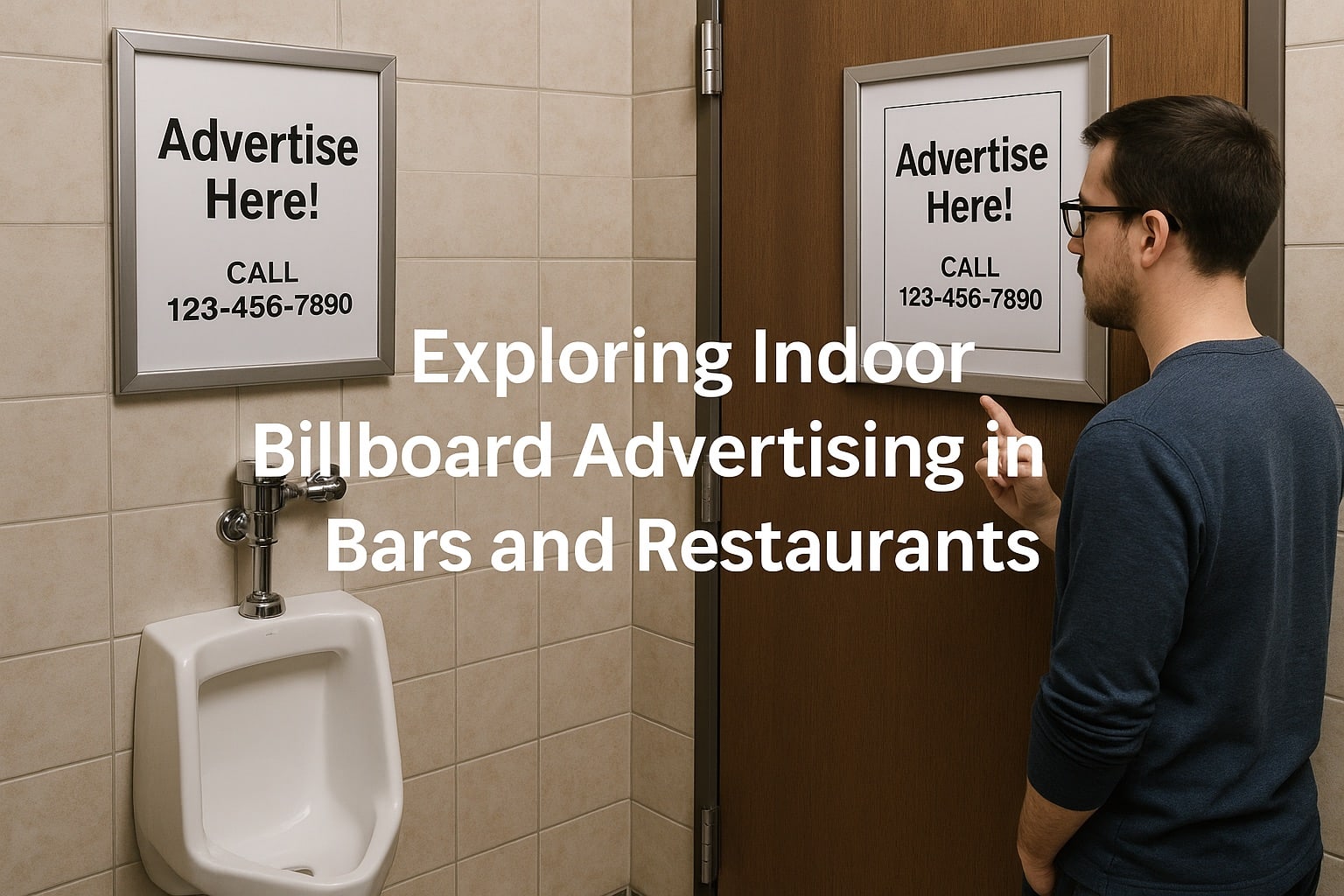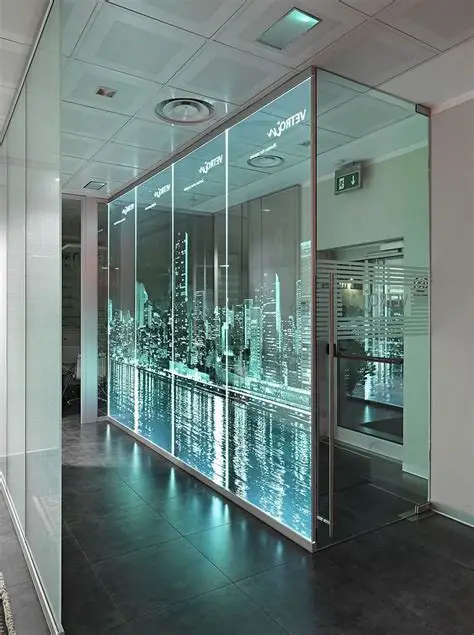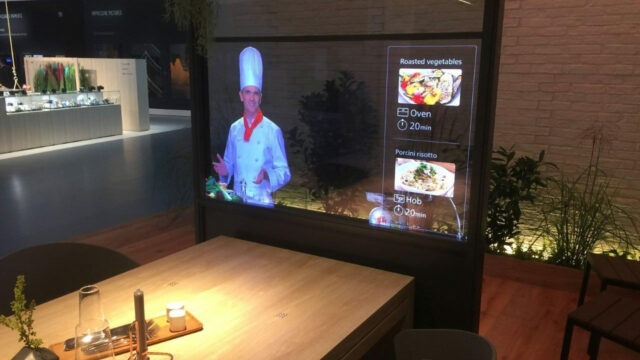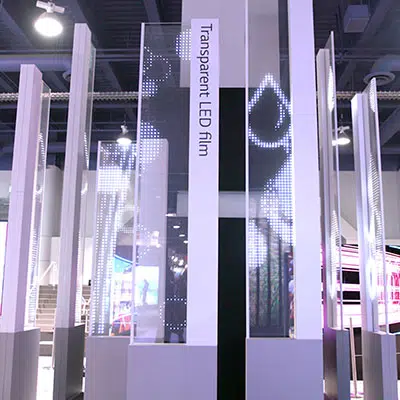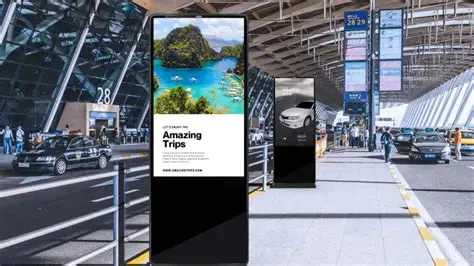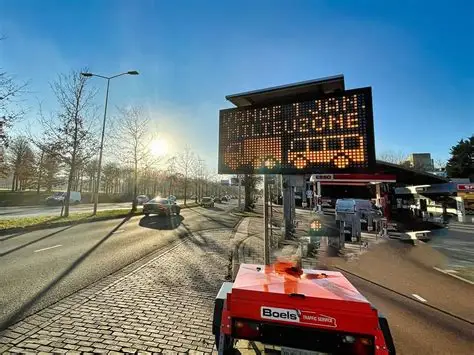In the world of advertising, few spaces are as oddly effective—and oddly intimate—as the bathroom. Specifically, bar bathrooms. From above urinals to the back of stall doors, these high-traffic, low-distraction zones have become prime real estate for hyper-targeted, small-format print ads. And for good reason: where else can you guarantee someone’s undivided attention for 30 to 60 seconds, multiple times a night, with zero scrolling, zero skipping, and arguably zero competition?
What started as a question—can I make money connecting local businesses with bars to sell ad space in bathrooms?—has grown into a legitimate business model that’s been tested, debated, and even quietly scaled in North America. Here’s what the collective experience and hard-earned lessons have shown.
The Model: Low Overhead, High Hustle
The foundation is simple. Ads are printed (typically around 14″x18″), framed, and installed in bathrooms—above urinals or on stall doors. The overhead is relatively low: your main costs are the display frames, the printouts, and the labor to sell and swap them out. Crucially, there’s almost no upfront investment if you adopt an “install after contract” approach. That keeps your costs variable and lets you scale slowly.
The real lift? Sales. This business is boots-on-the-ground, handshake-heavy, relationship-first work. The product isn’t revolutionary—it’s just ad space. The pitch is everything.
The Target Market: Drunk, Distracted, and Demographically Juicy
The bathroom ad format shines in bars, clubs, restaurants, and even gyms—anywhere with a steady flow of foot traffic and bored patrons staring at walls. But college towns are a hotbed, offering highly segmented demographics (21–35 year olds, heavy spenders, trend followers) and dense bar districts to optimize canvassing.
Even better, the format offers near-perfect gender targeting: you can choose different ads for men’s and women’s restrooms with surgical precision.
It’s no wonder DWI attorneys, nightclubs, gyms, and even industrial accident lawyers have been known to bite. In rural areas, one user even spotted ads for “underwater snowmobile recovery”—an extremely niche pitch, but that’s the beauty of hyperlocal relevance.
Pricing and Profit: Modest, But Manageable
The consensus seems to circle around $8–$25 per ad per week, depending on the venue’s foot traffic and clientele. A high-end bar across from campus? Closer to $20. A sleepy dive with one urinal? Closer to $8 (if even worth the hassle). Bulk discounts apply if a business wants full exclusivity in a venue.
Revenue is shared—typically 50/50—with the host venue. The rest goes toward labor (i.e. commission-based salespeople) and maintenance. A simple operation with 100 placements can bring in ~$800/week in revenue, with ~$500 in expenses. That leaves a tidy $300/week profit—around $15K per year—for something part-time and highly scalable.
Sales Strategy: Cute Girls, Commission, and Cold Calls
Hiring is where theory meets chaos. One approach: recruit college students (especially charismatic coeds) and pay them $10/hour plus commission to sell ads to local businesses. Others argue for commission-only compensation—no base pay, but a high cut of the sale. That weeds out poor performers and attracts confident closers.
There’s some legal gray area around wage laws for commission-only roles, so structuring them as independent contractors (1099s) is a common workaround. Just be sure to check local ordinances—some cities require solicitors to be W-2 employees with visible ID badges.
One key tip from a seasoned hustler: when pitching bar owners, never lead with a sale. Start by asking for advice, gathering info about their space and audience, and building a relationship. Owners are used to being pitched constantly—disarm them by not doing it.
The Downsides: Fragmentation, Labor, and That CPM Math
While the business sounds lean and nimble on paper, execution has some wrinkles:
- Fragmented Accounts: You’ll be juggling dozens of small accounts on both sides—bars and advertisers. That’s a lot of touchpoints, reminders, and installs.
- Client Skepticism: Bars may expect more revenue share than you’d like to give. Advertisers may balk at the low impression count compared to digital.
- Ad Inventory Glut: Many similar businesses report that most of their displays just end up saying “Advertise Here.” If you can’t consistently fill the slots, it looks desperate.
And don’t forget the math. With average CPMs for digital around $5, asking $10–$20 per week for a few hundred impressions can raise eyebrows. You’re selling attention and location specificity, not volume—make sure that message lands.
Room for Innovation: Going Digital (Carefully)
Some pioneers are already pushing the format forward with digital displays—e-paper or low-power screens that can update ads remotely. This solves the labor problem but balloons the startup cost. Platforms like BarCast are already streaming ads on TVs in venues, reducing manual effort but increasing upfront investment.
Still, even analog operations can win by offering better targeting, real-world proof of placement, or tailored campaigns that match the local vibe. Offer free ad swaps, bundle with social media shoutouts, or let bars run house ads when inventory is empty.
Final Thoughts: Is It Worth It?
If you’re expecting to strike it rich in urinal marketing, think again. But if you’re scrappy, personable, and looking for a low-barrier way to learn sales, hustle local deals, and make a steady side income, this might just be your thing.
It’s not glamorous. Most of your time will be spent inside bar bathrooms, on sales calls, or fielding flakey advertisers. But the margin is decent, the model is flexible, and the barrier to entry is laughably low. If you can sell space on a bathroom wall, you can probably sell anything.
That, in itself, might be worth the price of admission.

